Another Skyllaney lens to recently pass through my hands was this wonderful restored Jupiter-3. My past experiences with Jupiter-3 lenses – at least apart from the Lomography one (which was very nice) – is that they can be a bit hit and miss. This Skyllaney one was definitely a hit – that is at least if you like what the Jupiter-3 does.
It’s fair to say that the Jupiter-3 is one of the only Sonnar type lenses that I’ve bought, sold and not felt too much regret in parting with. I was loaned the Lomography one, and really liked it, but back then I wasn’t quite as deep into this Sonnar fanaticism that I’m into now. Since then I’ve owned two Jupiter-3 lenses and sold both of them. The first one I reviewed here, and did quite like it when I reviewed it. But in the end, it just fell out of favour with me. I’m not sure if it was because it was so badly damaged, or if I just needed the cash, but either way I didn’t feel inclined to keep it. I’ve owned another one since, which was nicer, but still not nice enough to keep a place in my cabinet.
Now, I should also point out that I don’t own this one either. It’s one that I agreed to sell through the website for Chris from Skyllany. The intention is that I’m going to be selling a few of Chris’s lenses too, so I’m having to be quite strict with myself about which ones tickle my fancy. So far, I’ve been impressed with them all, but the only one I’ve decided to keep is a Zeiss Coburg 50mm f/2 Sonnar – but that’s a story for another day…
As I talked about in my previous review of the Skyllaney prewar f/2 Zeiss Jena Sonnar, Chris pays a lot of attention to bringing the lenses he works on up to the best standards he possibly can. This includes stripping them down, giving them an ultrasonic chemical clean, adding a focus tab, repainting the insides of the lens, cleaning the glass and lubricating then reassembling them.
The result of all this, especially in the case of this particular Skyllaney restored Jupiter-3 is a lens that feels mechanically immaculate. In fact, this lens feels better still (albeit only very slightly) than the Jena Sonnar I talked about last time. Focusing on this Jupiter-3 is very smooth and the unclicked aperture perfectly weighted. He really does get the best out of these Russian lens mechanics.
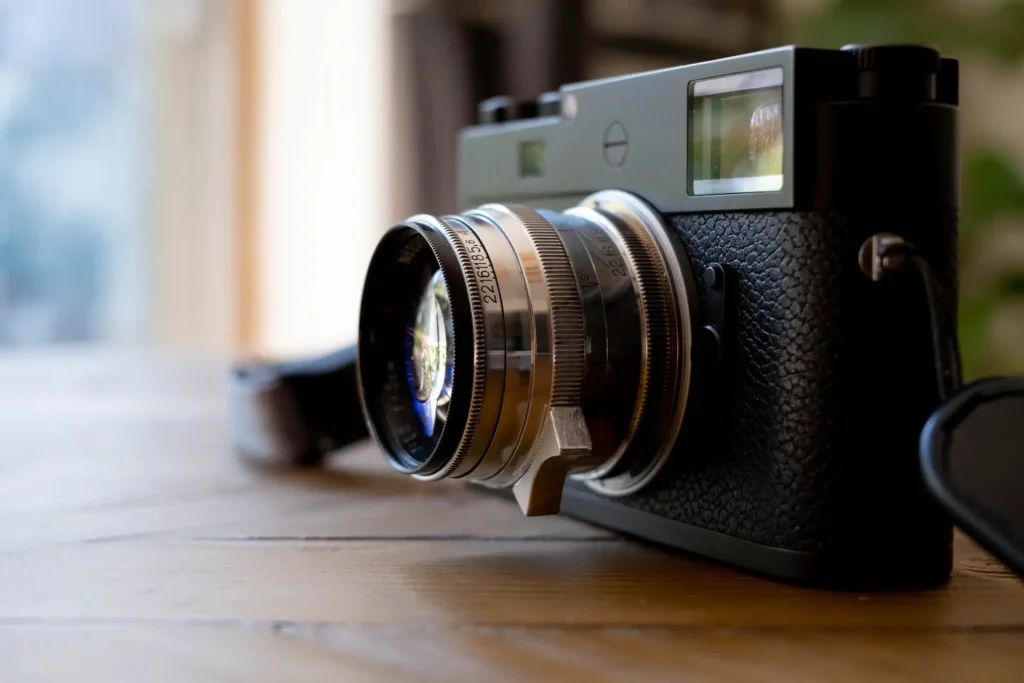
Focus Calibration
In the process he also calibrates them properly to Leica cameras. In the restored Jupiter-3, this means calibrating them for perfect focus at f/2 at 1m. This is definitely an advantage over buying an un-modified one off eBay as the calibration varies dramatically from copy to copy. This is partly due to variations in manufacturing tolerance, but actually these Russian lenses were never designed to be accurate on Leica cameras anyway.
What I want to touch on here is Chris’s choice to calibrate to f/2 rather than f/1.5. In fact, we’ve chatted on the phone about this quite a bit – it’s an interesting topic – that is, at least, if you’re into this sort of thing…
In very simple terms – and in fact as you’ll see when I get to some of my results – the faster f/1.5 Sonnar type lenses are a little more wild. This is due to the fact that as a f/1.5 lens, the formula is being pushed closer to its practical limits. One of the ramifications of this is that it suffers a bit more from focus shift than the f/2 lenses do. By calibrating the lens to f/2 rather than f/1.5, the issue of focus shift is reduced to more manageable levels.
I also talk about exactly this in my Zeiss 50mm ZM Sonnar review. Out of the factory – these days at least – these lenses are calibrated to f/2. The result in both the Zeiss lens and Chris’s Jupiter-3 is slight front focusing at f/1.5 and then back focusing as you stop down past f/2.8. This peaks as an issue at around f/4, and then is solved by depth of field at f/8. This might sound problematic, but actually in real terms it’s not too big a problem with the calibration at f/2. If he calibrated them to f/1.5 the back focusing would be a little more serious and the lens less practical to shoot with.
That said – and this is something I was waffling on at Chris about – in practice I very rarely notice focus shift with any of my Sonnar lenses. A part of this might be due to the fact that I tend to fairly habitually shoot them at wide apertures or f/8. For the most part, I find that at wider apertures – especially with the classic 1.5 lenses – there is so much spherical aberration glow, that it’s hard to see where the exact point of focus is anyway. And then with me quite often just skipping the mid apertures, I miss out on those woes too.
But anyway, the point is, if you buy one of these Skyllaney restored Jupiter-3 lenses from Chris, it will be calibrated for f/2 to make it as practical to use normally as possible.


In this comparison of cropped images you can see the difference between f/2 and f/4 – focused on Connie’s eye the f/2 is sharp where is should be, the f/4 image is slightly back focussed. The following image is the full f/2 image.

1m Minimum focusing
Something else worth noting that separates this lens from the prewar Sonnar I looked at least time is that it doesn’t focus down to 0.7m. This is a modification Chris makes to some of the f/2 lenses, but not one he makes to the 1.5s – and actually it’s born out of the same issue as above. By shortening the minimum focusing distance he would add further strain to the formula which causes more headaches when calibrating the lens. In short, if he calibrated one of these for perfect focus at f/2 and 0.7m the focus shift issue would be increased at the intermediate apertures.
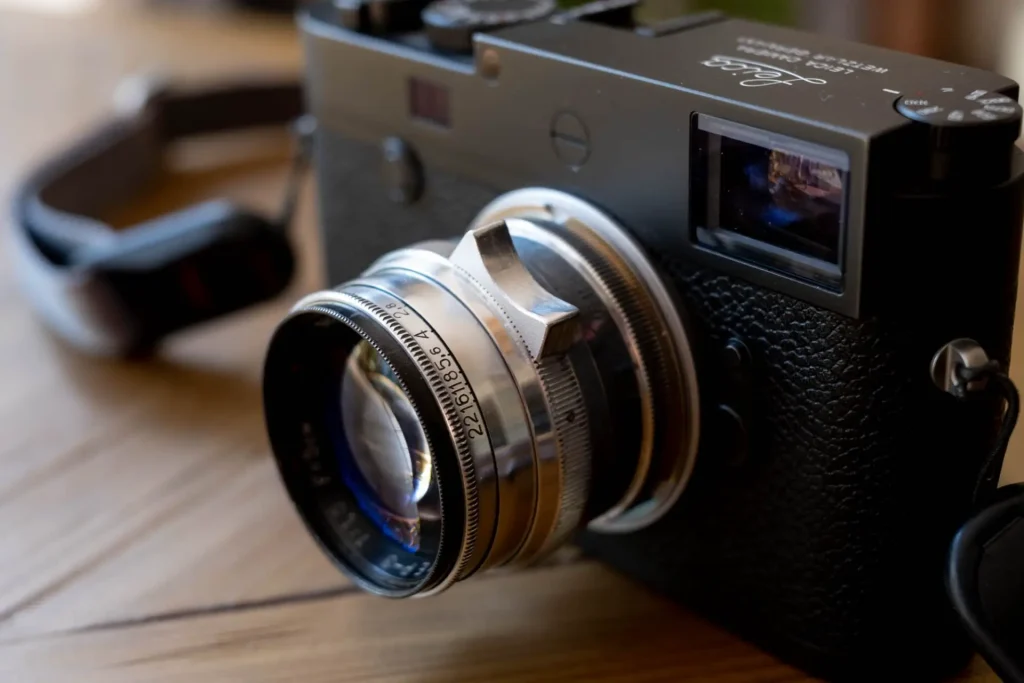
Jupiter-3 character
As I said right at the beginning, I’ve found Jupiter-3 lenses to be a bit hit and miss. I stumbled across a well calibrated one on eBay once and had some great results from it, but it was quite scratched. I’m not sure how much impact this had, and looking back I wonder if it might have had a little haze, but either way I definitely felt the results were more muddy than those I’d achieved out of the Lomography Jupiter-3.
With the Lomography lens being a brand new lens with new optics, I felt it had slightly a nicer look to the results. Really, I think that it just had a bit more contrast which I mostly put down to the modern coatings and overall cleanness of the newer glass.
Because of this, I didn’t really know what to expect from this Skyllaney restored Jupiter-3. I didn’t know if it was going to be more similar to the older lenses I’d tried for the fact that it had the older coatings, or closer to the newer lens for the fact that it wasn’t as damaged and cleaner optically than the lenses I’ve tried before. In actual fact, it’s probably somewhere between the two – I guess in hindsight, that’s not entirely unusual.
The increase in contrast vs my old scratched one seemed quite apparent to me. It’s not like the old lens was terrible, it’s just that even stopped-down results had a slightly muddy look to them. Stop this Skyllaney Jupiter-3 down to f/8, and you’d hardly know it was a vintage lens – at least in some shooting circumstances.
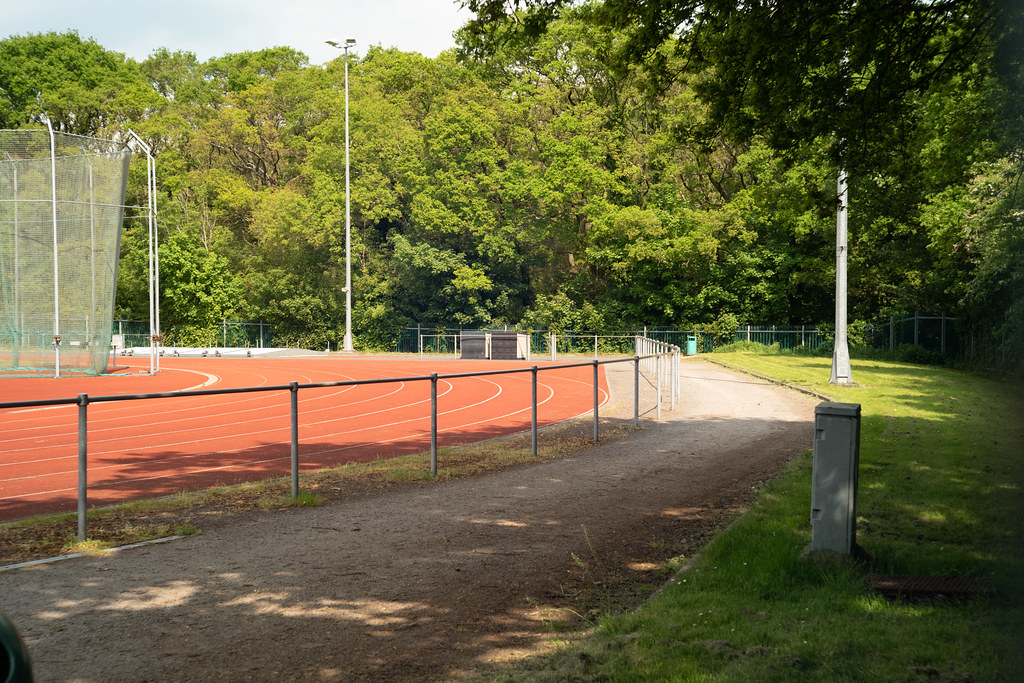
Wide open it also doesn’t seem to have quite the glow of the older tattier Jupiter-3 lenses I tried – though, it’s fair to say it isn’t short of a bit of glow…

There were some signs that this restored Jupiter-3 was still an older vintage than the Lomography version though. I remember the light catching out the later Lomography lens a little bit, but this older lens seemed more susceptible to flare and veiling. I didn’t test it with the Sun in or near the frame in the end, but I did get these shots just pointing it toward the sky in the woods.

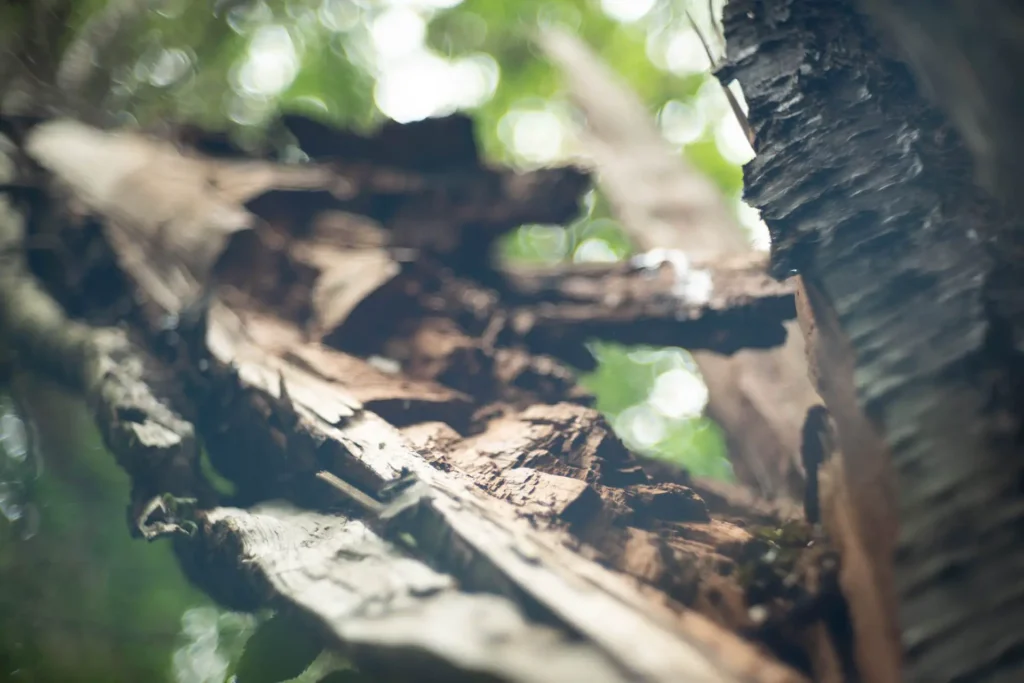
This compares f/1.5 to f/4. If you look really closely, and use the first image to determine what I was focusing on, you can see the focus shift in that comparison too.
The main feature of this Skyllaney restored Jupiter-3 though, and something I felt that really jumped out at me when comparing it to the much-more-recently-shot-with uncoated 50mm f/2 Sonnar I tried last time, was just how much more crazy the bokeh is. As you can see, wide open the cats-eye shape of the out of focus highlights have a quite strong impact on how the out-of-focus is rendered.
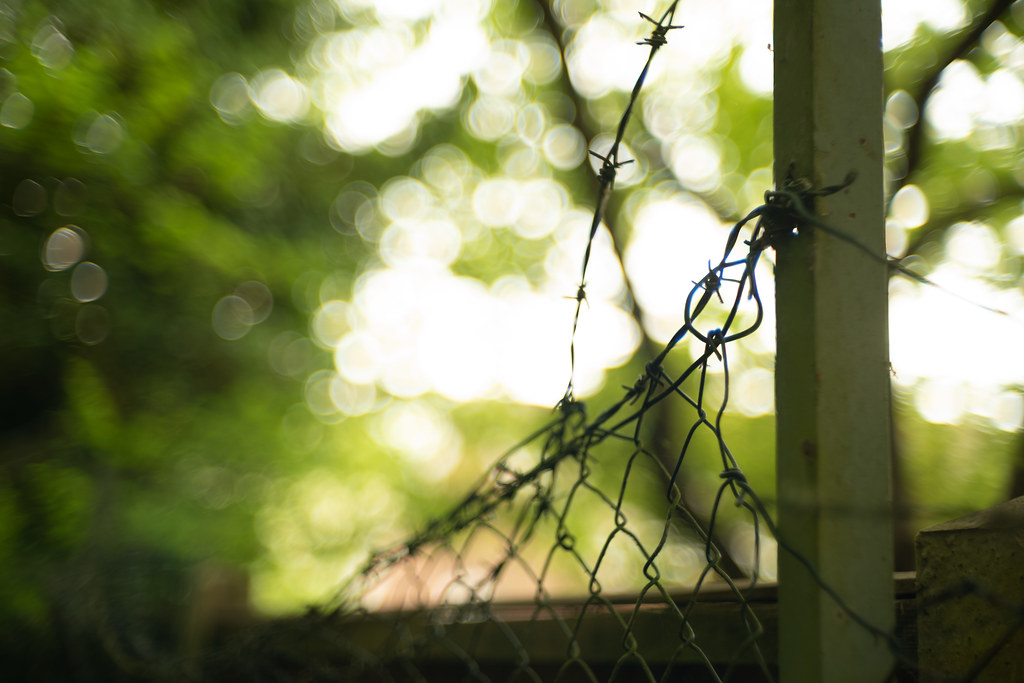
At further distances there is a little bit of swirl too which makes for some interesting results.
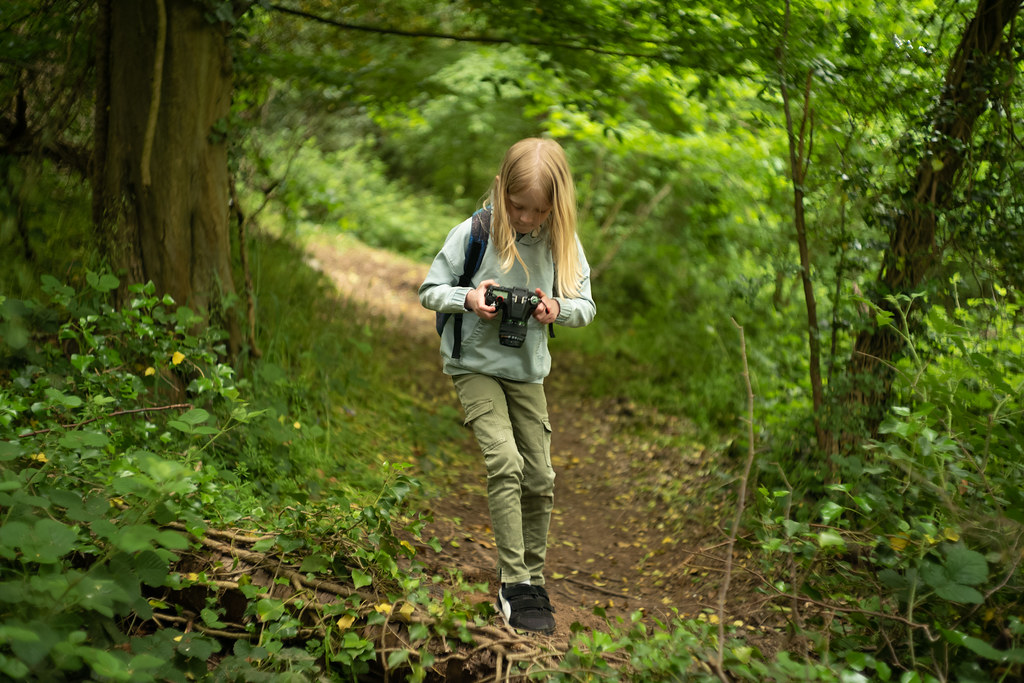
Shots taken at f/2 are generally a lot more calm looking.
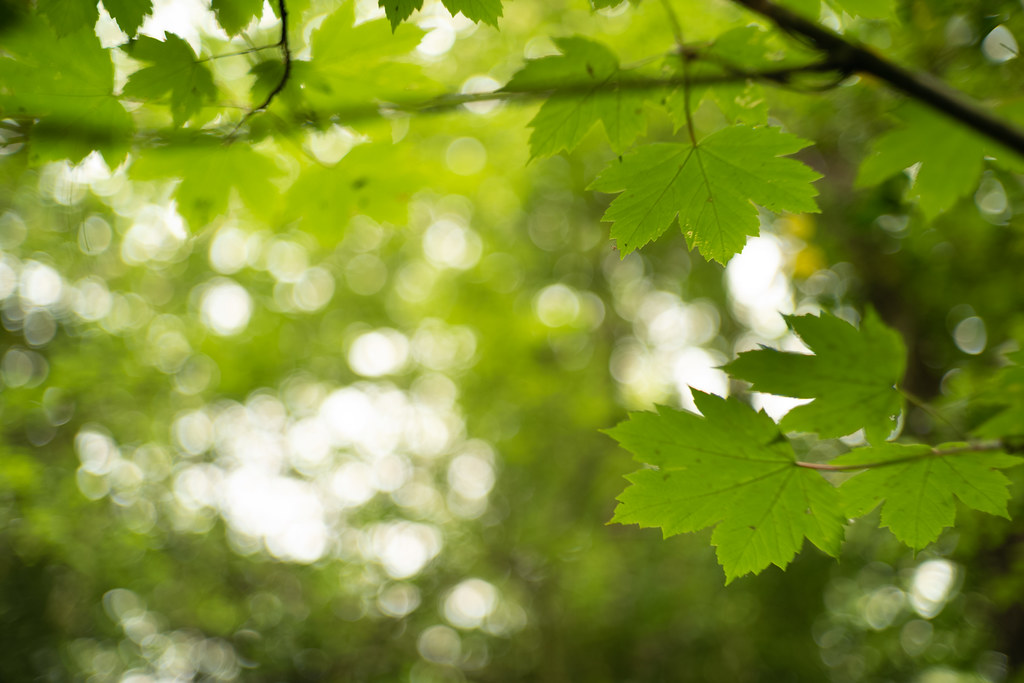
And by f/4 the bokeh definitely calms right down.
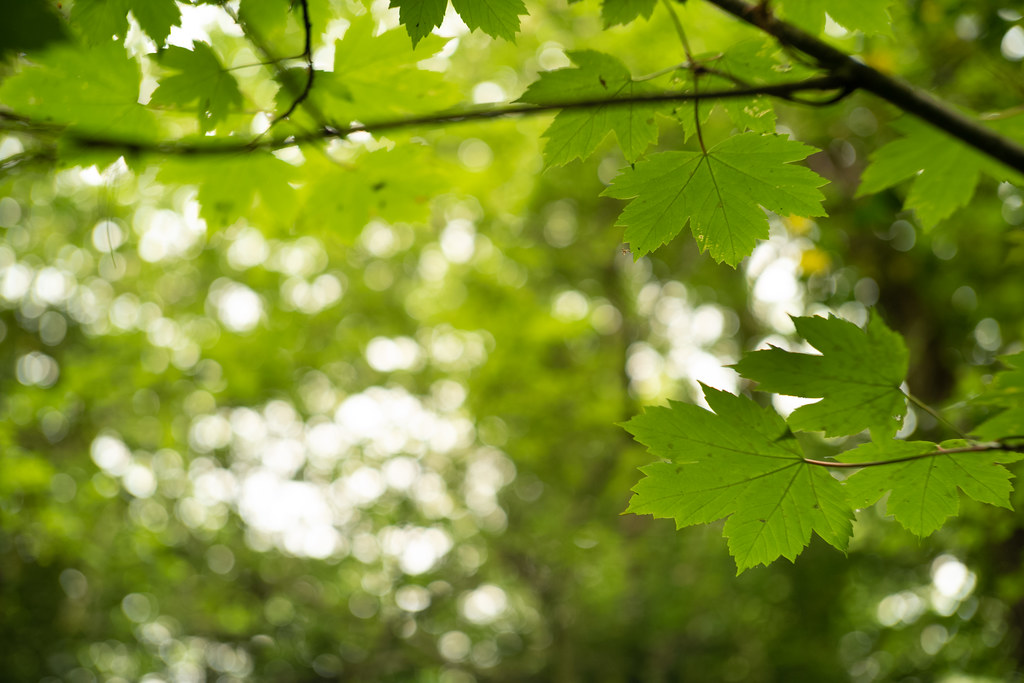
One advantage of the Skyllaney restored Jupiter-3 I did notice compared to the Zeiss f/2 is that it didn’t seem to have the field curvature. I found myself much more able to focus on a subject and then reframe so the subject was quite close to the edge of the composition and not be as concerned that it was going to be outside of the plane of focus.
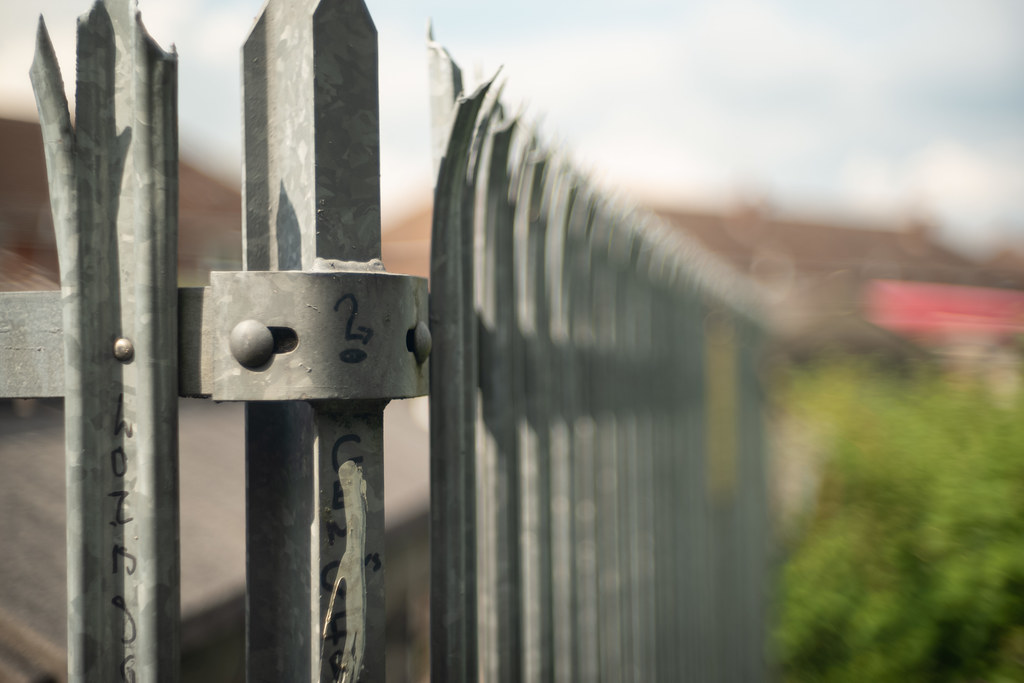
That’s not to say the results weren’t more smeary toward the edges of the frame, they definitely are.
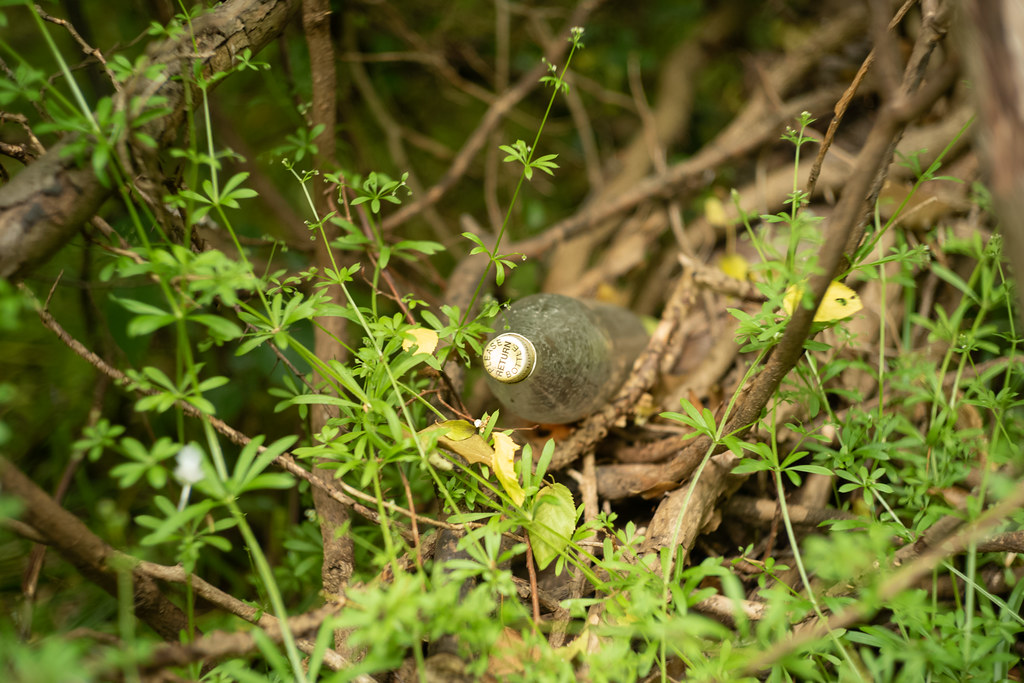
One way or another though, the rendering from this Skyllaney restored Jupiter-3 is far from as gentle feeling as that from the uncoated f/2. Looking back at my experiences with these lenses, not just the Skyllaney one, it strikes me that the Jupiter-3 look is certainly a bit more jarring than that I’ve had from some of the other Sonnars I’ve so far shot with. That’s not to say it’s unpleasant, or aesthetically appealing in its own right – the lens character is just more obvious in the images it produces.
And actually, given the right circumstances – as is always the case – the sum total of all the character traits can be wonderfully harnessed. I was so pleased with this following photo that it nearly convinced me I should keep this lens. That flatter field allowed for a more defined and obvious off center point of focus, the gentle sharpness fall-off, the bokeh swirl, typical-sonnar type smooth transition zone. All of this helped make this image be as good as I had in my head when I was framing it.
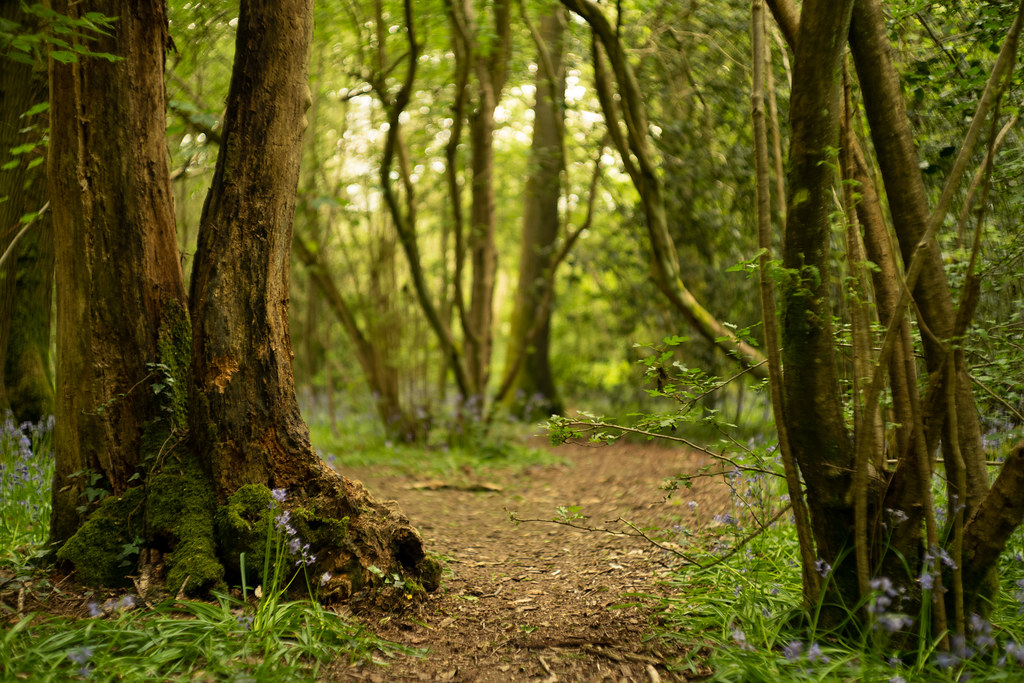
Final thoughts on the Skyllaney restored Jupiter-3
What I’ve found myself feeling about this particular Skyllaney restored Jupiter-3 is that I think it probably strikes quite a nice balance between the older slightly less tamed character (and inherent issues) you might find from an eBay-find Jupiter-3, and the newer Lomography Jupiter-3+.
Chris hunts down the best copies of lenses he can find, and restores them to as close to new as possible. But something in the beauty of them is that every single one that he refurbishes will be slightly different, they will all have the inherent Jupiter-3 traits – some of which I’ve talked about in this post – but they will also have their own individual differences. Importantly though, they won’t suffer from the mechanical copy variance that can sometimes make these lenses prohibitively difficult to shoot with.
Comparing the results from the three Jupiter-3 lenses I’ve reviewed has of course been a little difficult. Different shooting circumstances, different lengths of time spent with the lenses, different cameras, and even the different context I now have compared to when I shot the Lomography lens means that my views on the Jupiter-3 as a lens has changed over time. I’m also finding it really interesting how much more difference I am now finding between one Sonnar type lens and another.
But one way or another, where the older Jupiter-3 lenses I tried ultimately put me off it as a lens, this Skyllaney restored Jupiter-3 has reminded how much fun the character of these lenses can be – especially when they are in such good condition…
(This lens is for sale here)
Share this post:
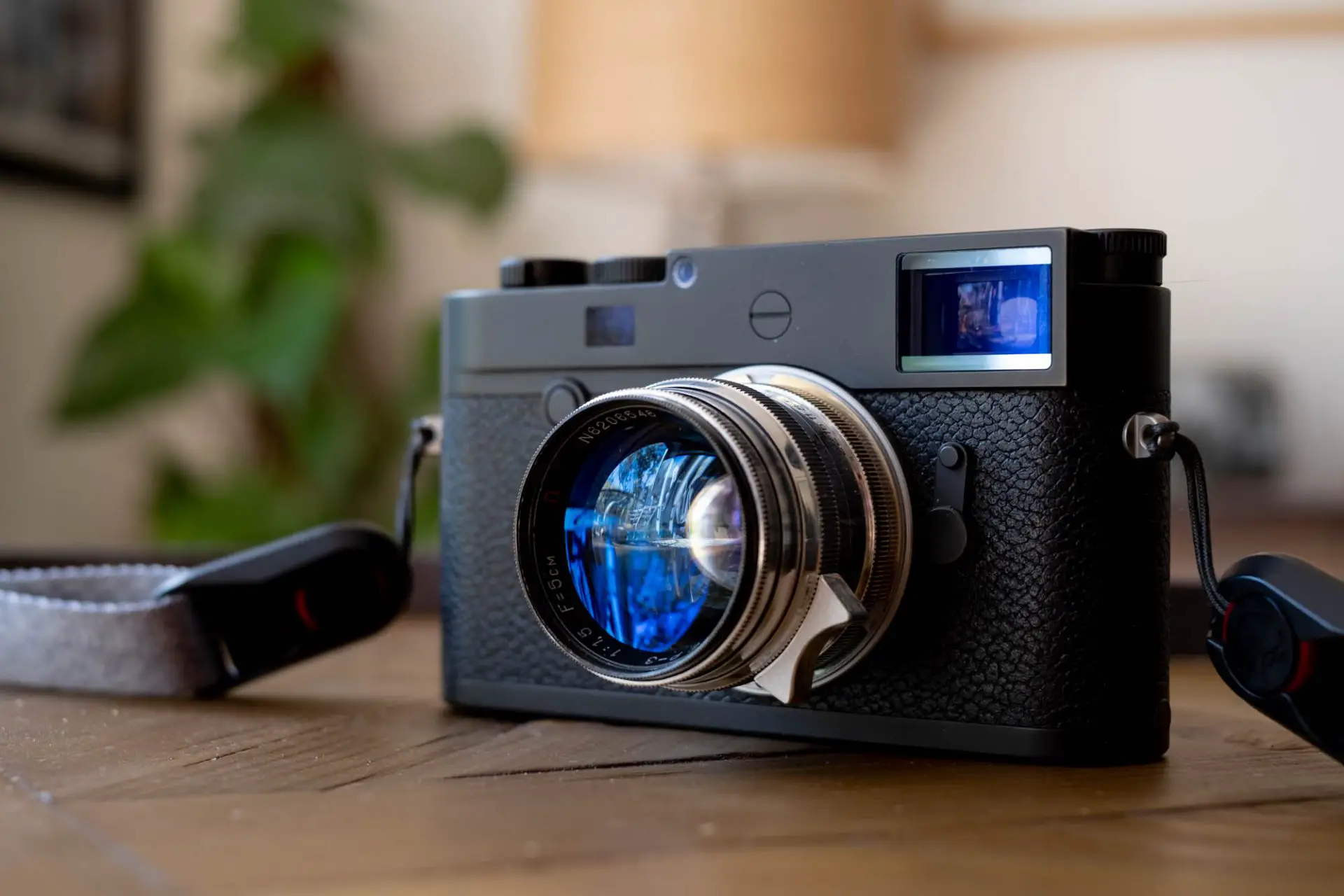








Comments
Terry B on Skyllaney restored Jupiter-3 Review – Exploring the Classic Sonnars pt.11
Comment posted: 15/06/2020
It was interesting to learn about Chris's recalibration to f2 to improve focusing accuracy as often we won't know what the Zeiss factory original Sonnars were calibrated to. In fact, I've only one lens where I know there was a recommendation as to its optimum focusing distance (medium distances) and this is my collapsible screw mount f2 Summicron. But this may be due to its design and not rangefinder calibration.
My own experience with an f1.5 Sonnar is with a post-war version that I used with my Contax IIa. As I invariably shot it stopped down, I never expereinced noticeable focus shift, but then if part of the image was not in focus, I'd have put this down to user error, me!
Focusing is spot on, as evidenced by your shot of the discarded bottle, but I, too, find your final image of the woodland scene almost magical in its rendition. Personally, I found that I could tell better how a lens was performing when the subject was not lit by sunlight, and where the lens' natural contrast and colour rendition come to the fore.
A thing that does puzzle me, especially regarding image flare, is you don't seem to have referred to using lens hoods, unless I'm mistaken. This is especially important with older lens designs, so you intrigue me. Do you use them?
Comment posted: 15/06/2020
Jean on Skyllaney restored Jupiter-3 Review – Exploring the Classic Sonnars pt.11
Comment posted: 16/06/2020
Comment posted: 16/06/2020
Brian Sweeney on Skyllaney restored Jupiter-3 Review – Exploring the Classic Sonnars pt.11
Comment posted: 16/06/2020
I find that the Jupiter-3's made from 1958 through 1963 tend to be better than most, and those made from 1953 through 1956 by KMZ tend to be better than most. 1950~1952, a lot of work can be required to set them straight. I have two 1950 KMZ J-3's that are as good as the Wartime Sonnars, but each required major rebuild. After 1964- more deviation in quality.
https://cameraderie.org/threads/jupiter-3-5cm-f1-5-various-manufacturers.37715/
The Black Valdai lenses, tend to be awful. I went through 9 of them to get a good one, and that one required a lot of work.
https://cameraderie.org/threads/valdai-1984-black-jupiter-3-adaptation-and-test.37816/
I tend to optimize for F1.5 and close-up, rely on Sonnar focus shift for infinity focus at F2~F2.8.
There is a second focus shift for the J-3 for chromatic aberration. Focus shifts towards infinity when using an Orange and Red filter. The Jupiter-3 optimized for F2 and close-up will likely be spot-on at F1.5 with an Orange filter. Anyway- that's my trick for the M Monochrom, slightly extra shim to correct focus shift due to CA, same lens on the M9- perfect at F2.
Setting Jupiter-3's to work properly is a major undertaking. Skyllaney has it down to perfection.